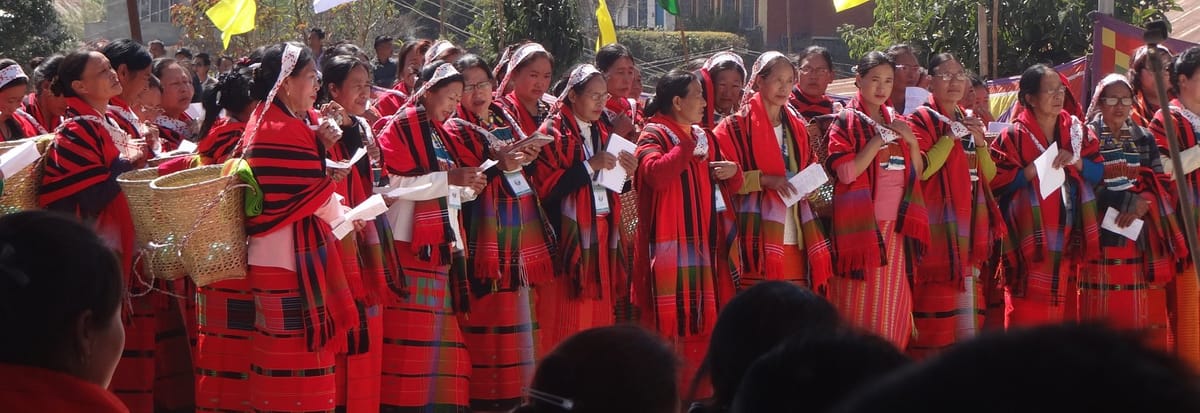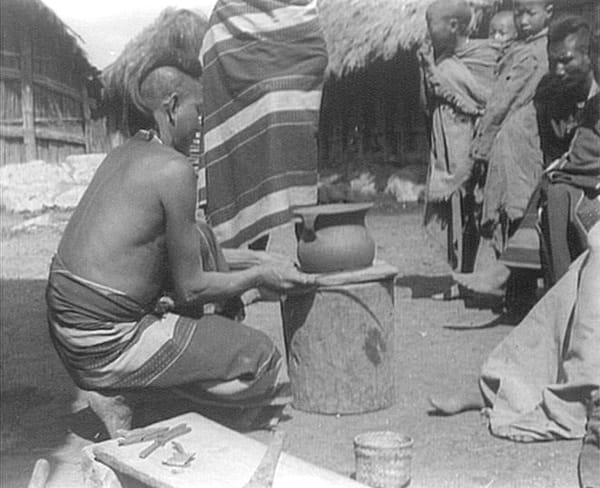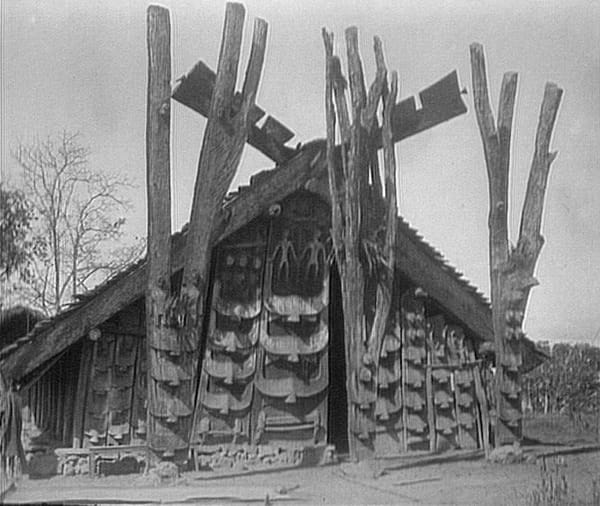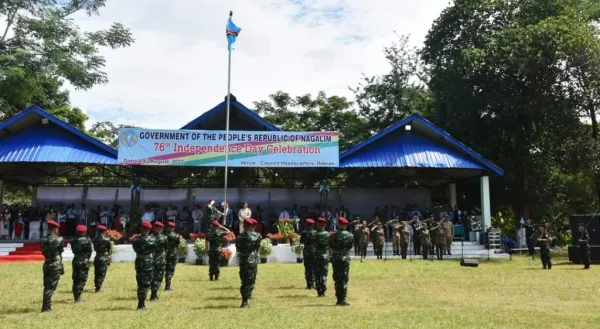The Yorla & Pukreila of the Tangkhul

“In the world where conflict and division, violence and destruction have gripped in we have no other option than to look for some means to negotiate between warring groups and also any means to control the situation. It is in that context of need and search the Tangkhul concept of pukreila becomes important, meaningful and relevant. It is a cultural method of fashioning peace that needs to be rediscovered and activated”
Dr Shimreingam Shimray
The status of the tribal women in North East India is comparatively better of if compared to the experiences of women in other parts of India. A freedom of mixing boys and girls in works, dances, singing and in other social moments is a fact. But that does not mean the absence of patriarchy in their society. The treatment of their traditional customs to the women is inconsistent and un-uniform. And thus, many of the earlier writers have in several occasions mentioned bias and superficial statements about the status and role of tribal women in NEI. For example, Haimendorf’s view on Naga women may be taken.[1] They adore them without looking into the issue critically and raised no essential questions in their presentations. When we address to the question of gender we definitely look at the positive and negative aspect of the tribal customs and we also try to value the undercurrent of positive while uncovering the unjust domination.
It may be noted that most of the tribal people believed the father and not the mother as the life giver; the creative principle was male. And so the family cult belonged to men. A woman could only share the cult but she was not allowed to maintain it. Generally, it was true in the case of the Nagas that a daughter could remain attached to her family even after her marriage but even if that was the case she could only share in the cult and she was no longer a part of the family.[2] The daughters are generally not allowed to inherit the non-moveable family property from their parents in marriage simply because the patriarchal custom considered them as ‘departing’, ‘delineating’ relation and becoming a member of another home/clan etc. and forced them to leave their home in marriage with a mere gifts of utensils and agriculture implements. Subsequently, after marriage a wife is considered to be under the control of her husband, she was kept away from her emancipation. Politically, the decision-making body at all level was formed by male representations which means control of power belonged to men. Thus, in general, the tribal women also suffered under the patriarchal structure of their traditional society.





